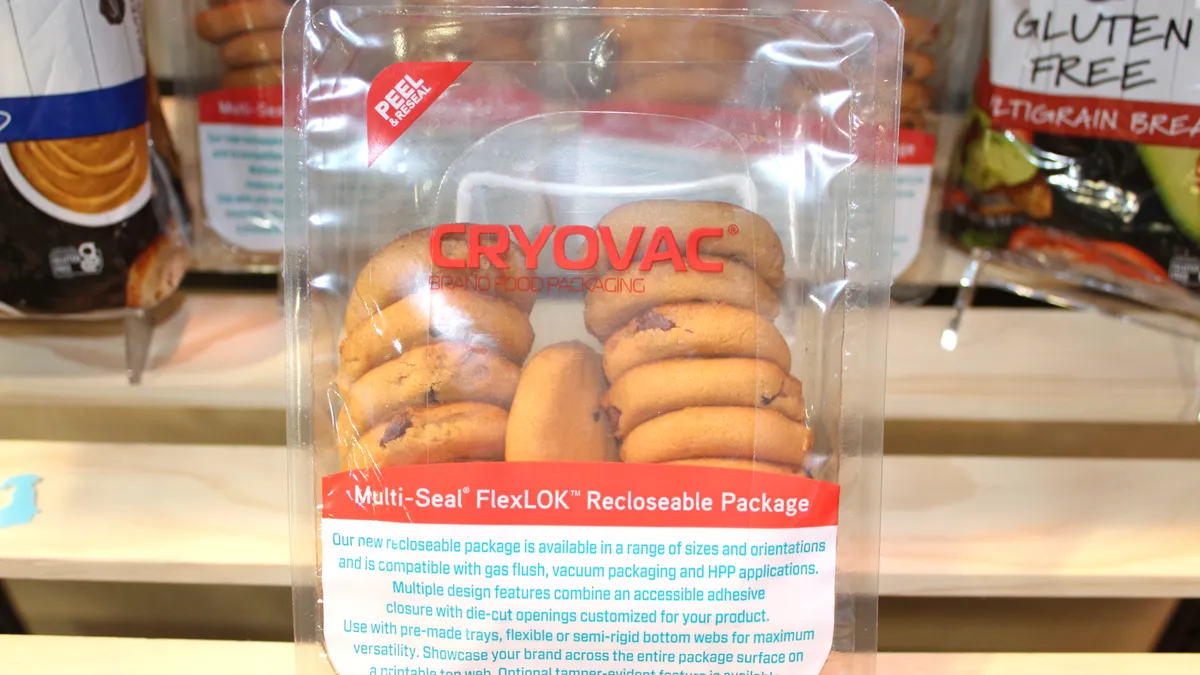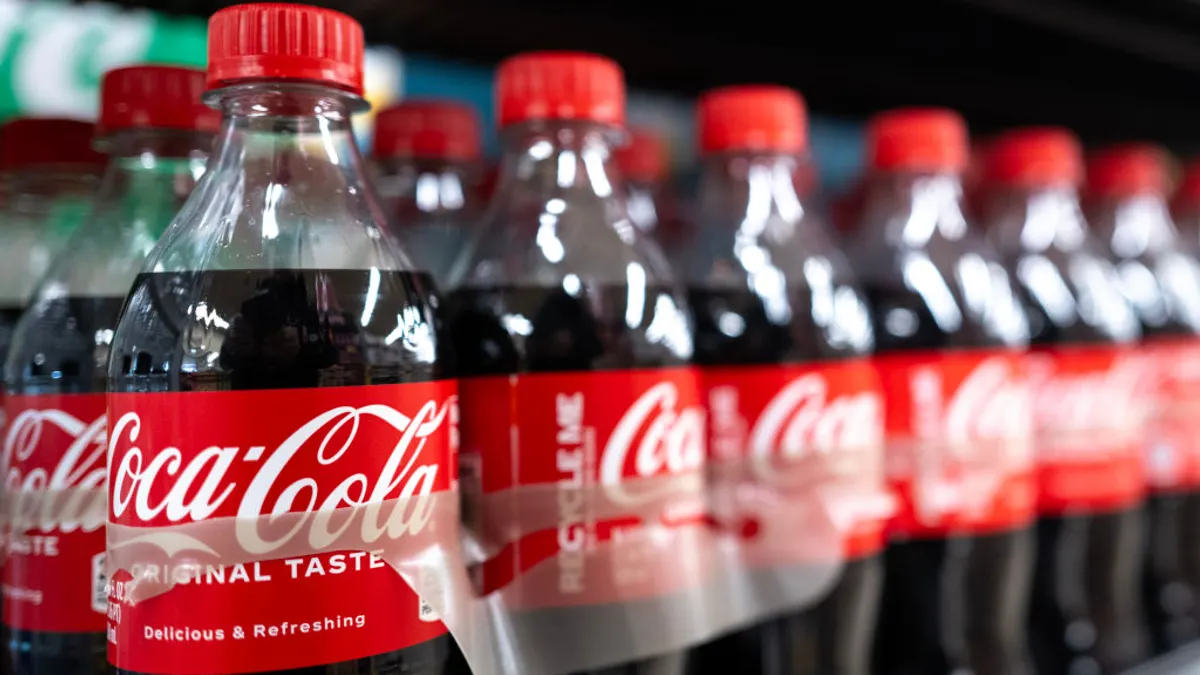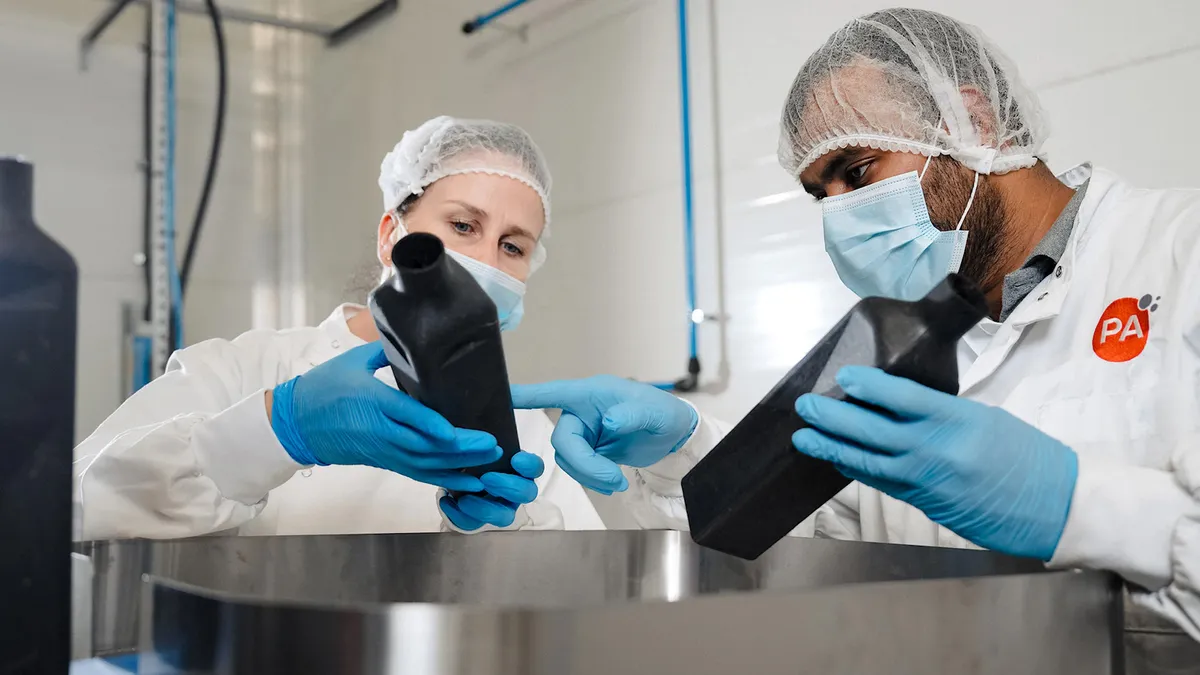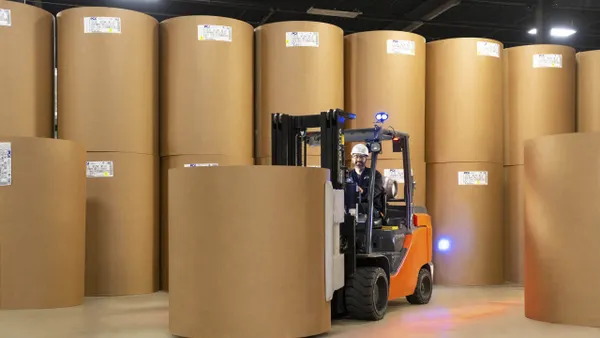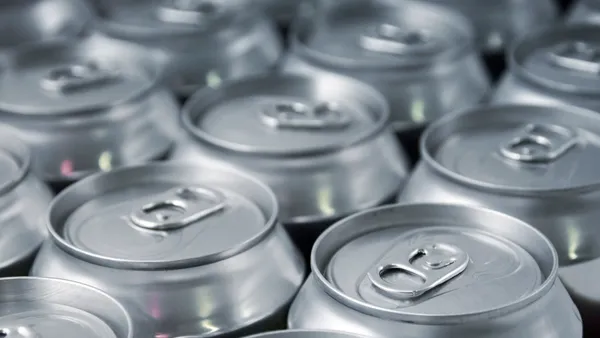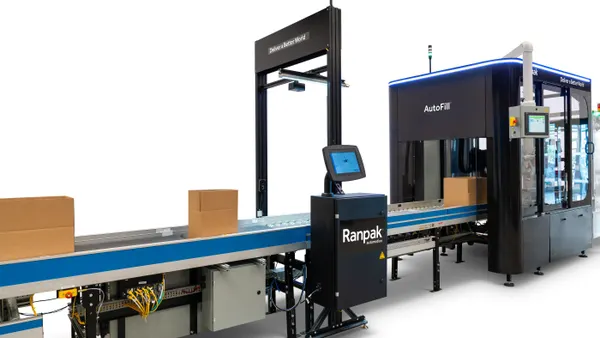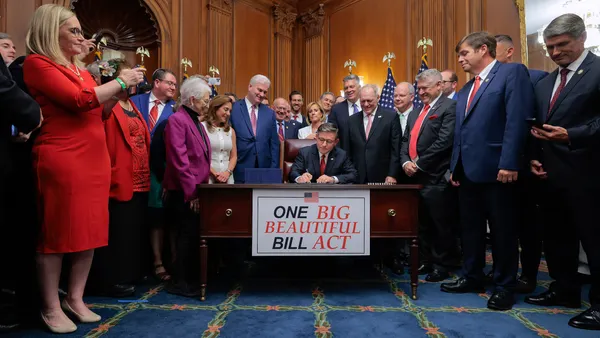- Turnaround strategy: Sealed Air is starting to see positive impacts from a turnaround strategy for its protective packaging segment, said CEO Dustin Semach during Tuesday’s second-quarter earnings call. Earlier this year, the company completed a business reorganization that made protective one of two core business segments, alongside food. The improvement strategy involves “de-layering” the organization and reestablishing trust with distribution partners and customers, Semach said, noting this will take time.
- Protective segment: While protective volumes fell 2% in Q2, that segment’s industrial volumes rose slightly, Semach said. This marks “the most stable year-on-year quarterly volume results we've delivered since 2021” for protective packaging. Segment sales were up 4% quarter to quarter. Sealed Air continues to address “fiber portfolio gaps” in its protective business as it moves further toward becoming more “substrate agnostic” rather than plastic-centric.
- Food segment: Although the food segment’s net sales were flat in Q2, the business has been resilient through growing market pressures in North America, including volatility in the beef market, Semach said. Fresh protein is a key end market, and the Cryovac brand of film solutions continues to perform well and drive growth, he said. Cost-pressured consumers are favoring private label options and shifting more purchases from restaurants to grocery, so Sealed Air plans to “rotate more into retail than food service,” Semach said.
- New CFO: Sealed Air announced Monday evening that it appointed a new chief financial officer. Kristen Actis-Grande will start in the role on Aug. 25, replacing Roni Johnson, who served as interim CFO since February. Actis-Grande joins the company from MSC Industrial Supply Co., where she also was CFO. Prior to that, she worked at Ingersoll Rand for 17 years in various finance leadership roles. Actis-Grande’s previous experience is complementary to Sealed Air’s business, and she will “bring a different lens to what we're already working on, and even bring a new perspective,” Semach said.
- Footprint optimization: Sealed Air recently opened a manufacturing facility in Lakeland, Florida, to better serve customers in the Southeast, Semach said. “We are assessing the entire manufacturing footprint to identify additional opportunities to enhance service and quality while improving our cost positions,” he said. The company plans to outline the footprint optimization in more detail in the coming quarters, he said.
- Tariff impacts: Semach reiterated that Sealed Air largely focuses on domestic markets for both production and consumption, which minimizes its exposure to tariffs. Plus, most of its products remain exempt from additional tariffs under the U.S.-Mexico-Canada Agreement. While the “net impact of tariffs is not material to our second-quarter results,” the company continues to “focus on mitigating the impact of tariffs through production and procurement optimization and limited pricing action.”
- Outlook: Executives are being “prudent” with projects and anticipate softer volumes in the second half of 2025 due to “market uncertainty ahead of us and big global trade policies that lower growth expectations across many markets, but primarily in the U.S.,” Semach said. The Europe, Middle East and Asia region was a “standout” for food packaging in the first half of 2025, and the company expects full-year volume growth for international markets. Q3 net sales are projected to be $1.3 billion, while full-year sales guidance is still $5.1 billion to $5.5 billion.

Sealed Air details protective packaging turnaround progress, introduces new CFO
Food segment volumes remain flat as cost-conscious consumers change their purchasing habits, executives said on Tuesday’s earnings call.
